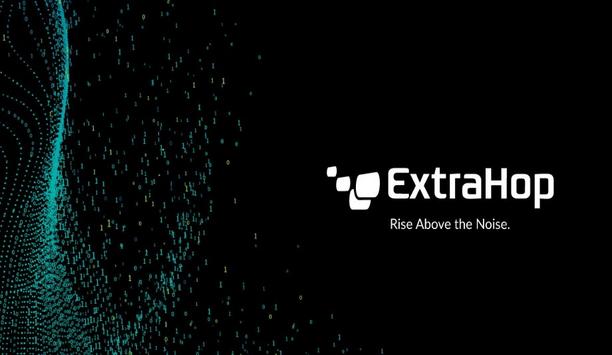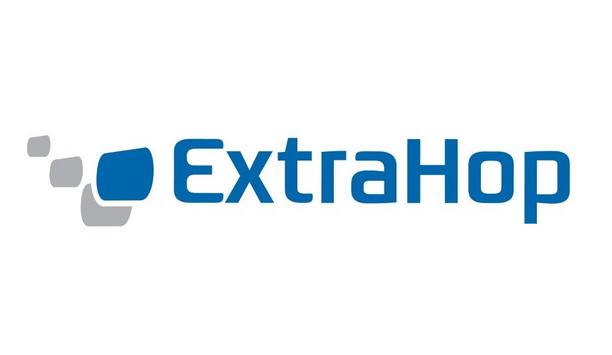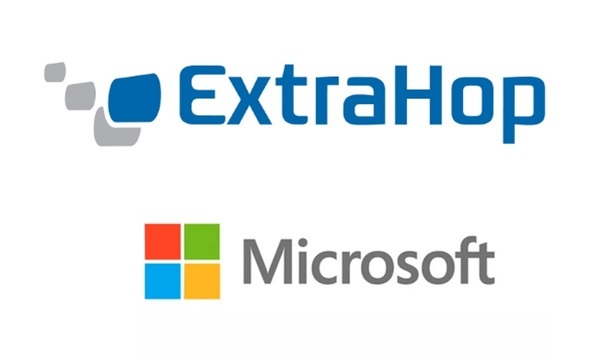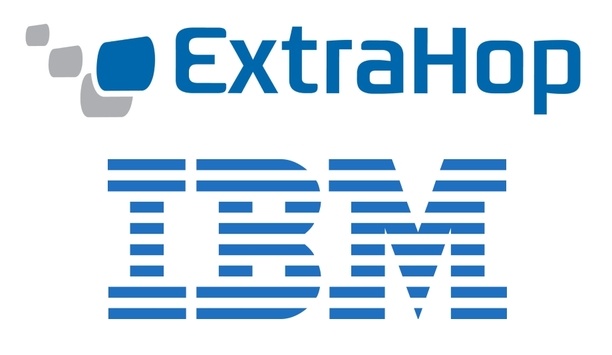Raja Mukerji

Raja Mukerji
Chief Customer Officer and Co-Founder, ExtraHop Networks IncRaja Mukerji is the Chief Customer Officer and Co-Founder of ExtraHop Networks Inc. Previously, he has worked with companies like F5 Networks, and Strong Capital Management.
News mentions
ExtraHop, a pioneer in cloud-native network detection and response (NDR), announced it is open-sourcing its expansive 16 million-row dataset, one of the most robust available to help defend against do...
ExtraHop, a pioneer in cloud-native network detection and response NDR, announces support for Amazon Security Lake from Amazon Web Services (AWS). The offering will allow customers to share network...
ExtraHop, a pioneer in cloud-native network detection and response (NDR) announced that it is the first NDR provider to be showcased in World Wide Technology (WWT)’s Advanced Tech...
ExtraHop, the pioneer in cloud-native network detection and response, announces that Patrick Dennis has been named the company’s Chief Executive Officer. Dennis’ appointment follows outgoi...
ExtraHop, a cloud-native network detection and response company announced that it has entered into a definitive agreement to be acquired by Bain Capital Private Equity (“Bain Capital”) and...
ExtraHop, a globally renowned company in cloud-native network detection and response solutions, has announced that it has achieved Amazon Web Services (AWS) Security Competency Status for Reveal(x) 36...
ExtraHop, a provider of cloud-native network detection and response, announced a partnership with CrowdStrike, a provider of cloud-delivered endpoint protection. The partnership includes the powerful...
ExtraHop, the leader in cloud-native network detection and response, announced its top predictions for the cybersecurity and technology industries in 2020. Informed by insight from customers, partners...
ExtraHop, global provider of cloud-native network detection and response solutions, has announced that it has joined the Microsoft Intelligent Security Association (MISA), which brings together an eli...
ExtraHop, provider of enterprise cyber analytics from the inside out, launched the ExtraHop for IBM QRadar app, which integrates with IBM Security Intelligence technology to stream accurate, contextua...










































